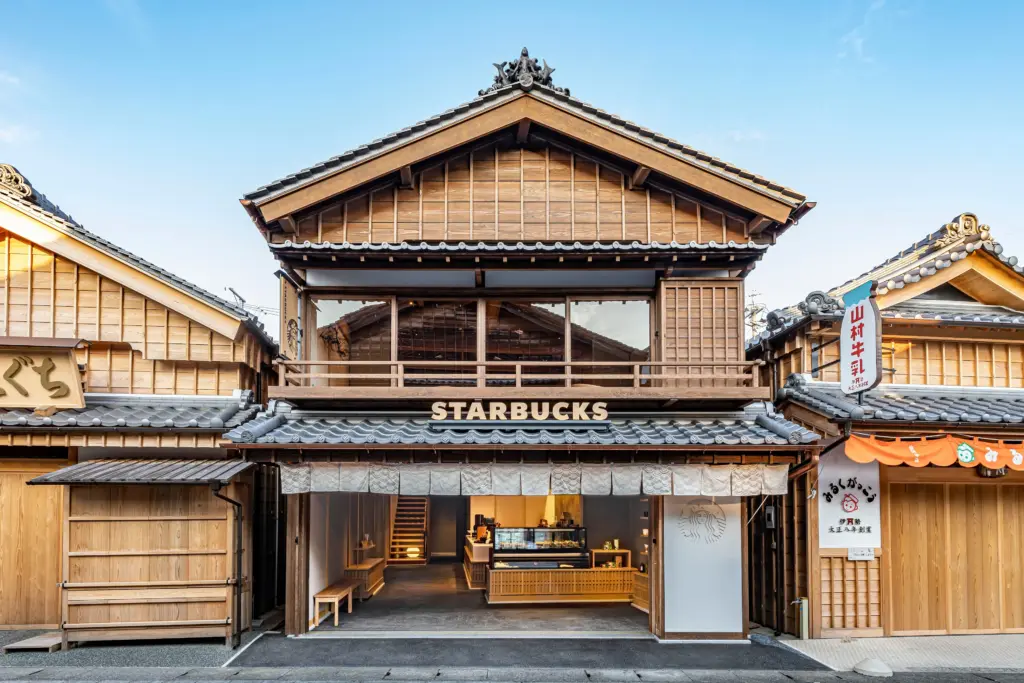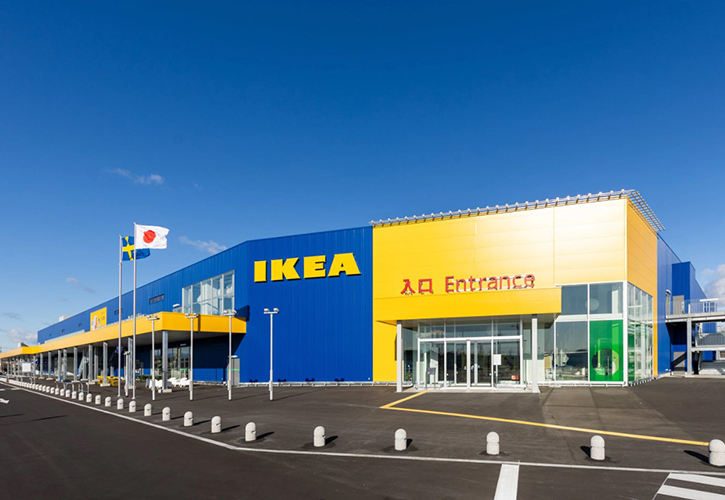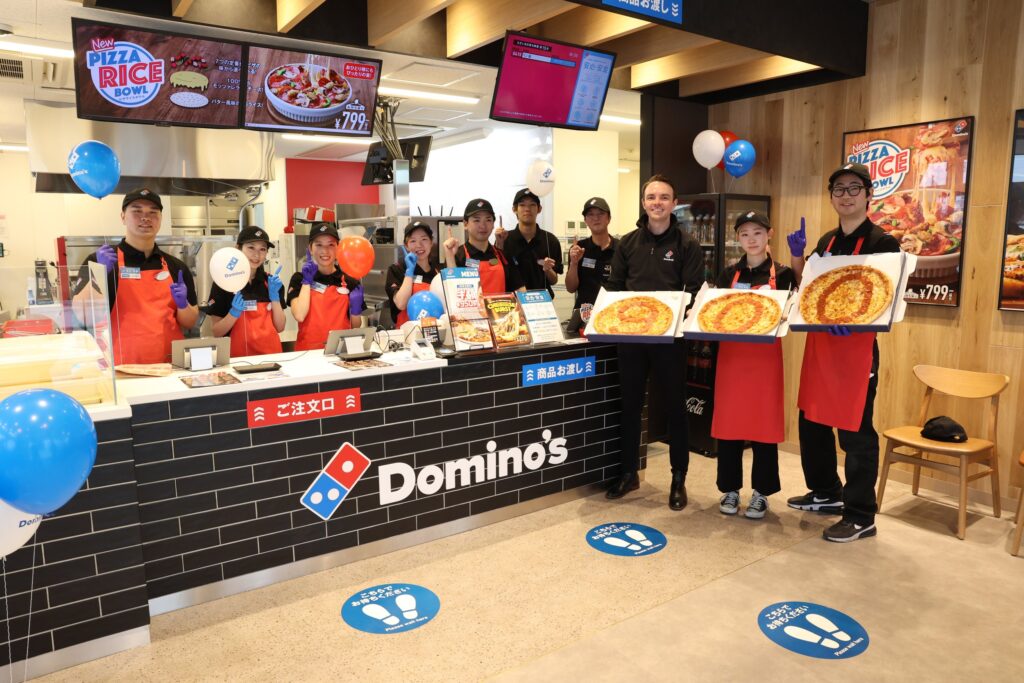Japan, the world’s third-largest economy, offers immense opportunities for global businesses. Its highly developed infrastructure, tech-savvy consumers, and unique cultural landscape make it a desirable yet challenging market to penetrate. While many companies struggle to adapt, others have achieved remarkable success by understanding the nuances of Japanese culture, business practices, and consumer behavior. Here’s a look at some of the top success stories of market entry in Japan and the strategies that helped them thrive.
1. Starbucks: Localized Innovation with a Global Brand

The Challenge:
Japan has a deep-rooted coffee culture, dominated by traditional kissaten (coffee houses) and vending machine offerings. Entering this saturated market posed a significant challenge for Starbucks.
The Strategy:
Starbucks focused on blending its global brand identity with local adaptations. The company:
• Introduced exclusive menu items such as Matcha Green Tea Frappuccino and Sakura-themed drinks to appeal to Japanese tastes.
• Designed its stores to align with Japan’s emphasis on aesthetics and tranquility, creating inviting spaces that feel uniquely local.
• Maintained a strong emphasis on customer service, mirroring Japan’s high service standards.
The Result:
Starbucks now operates over 1,600 stores in Japan, becoming a household name and a staple for coffee lovers nationwide.
2. Uniqlo: Redefining Affordable Fashion

The Challenge:
While Uniqlo originated in Japan, its expansion strategy had to combat strong competition from established local brands and Western fast-fashion giants like Zara and H&M.
The Strategy:
Uniqlo’s market entry outside Japan was built on a foundation of:
• Affordable, high-quality basics with a focus on functionality.
• Leveraging its Japanese heritage to differentiate itself globally.
• Introducing technical innovations such as HeatTech and AIRism, which resonated with tech-savvy Japanese consumers before scaling internationally.
The Result:
Uniqlo not only became a market leader in Japan but also grew into a global fashion powerhouse, with Japan remaining a cornerstone of its brand identity.
3. IKEA: Learning from Early Missteps

The Challenge:
When IKEA first entered Japan in 1974, it struggled due to its failure to adapt to Japanese consumer preferences. The brand exited the market in 1986 but made a triumphant return in 2006.
The Strategy:
IKEA’s second attempt focused on understanding the Japanese lifestyle:
• Offered smaller furniture and storage solutions to suit Japan’s compact living spaces.
• Provided localized services, such as home delivery and assembly, to meet customer expectations.
• Created marketing campaigns that resonated with Japanese values of functionality and simplicity.
The Result:
Today, IKEA is a thriving player in Japan’s home furnishings market, with a reputation for quality and affordability.
4. Apple: The Tech Giant’s Cultural Fit

The Challenge:
Japan is a highly competitive market for electronics, with domestic giants like Sony, Panasonic, and Sharp dominating the space.
The Strategy:
Apple succeeded by integrating its global appeal with strategic local adaptations:
• Focused heavily on design and quality, aligning with Japan’s love for craftsmanship.
• Collaborated with NTT Docomo, Japan’s largest mobile carrier, to ensure widespread adoption of the iPhone.
• Established flagship stores in key locations, creating a sense of exclusivity and prestige.
The Result:
The iPhone remains Japan’s most popular smartphone, with Apple commanding over 50% of the market share.
5. Domino’s Pizza: Reinventing Fast Food

The Challenge:
Pizza was not a staple in Japanese cuisine, and Western fast-food chains faced strong competition from local restaurants.
The Strategy:
Domino’s Pizza succeeded by embracing Japan’s penchant for novelty and quality:
• Developed unique menu items like the “Mayo Jaga” pizza, featuring mayonnaise and potatoes, tailored to local tastes.
• Pioneered the use of technology, including online ordering and delivery apps, well before competitors.
• Leveraged creative marketing campaigns, such as their partnership with Hatsune Miku, a virtual pop star, which captivated younger audiences.
The Result:
Domino’s Japan became a leader in the country’s pizza market, inspiring other global brands to localize their offerings.
Key Takeaways for Market Entry Success in Japan
1. Cultural Sensitivity:
Companies that succeed in Japan prioritize understanding and respecting the local culture. Localized products, services, and marketing campaigns are essential.
2. Customer-Centric Approach:
Japanese consumers have high expectations for quality and service. Meeting or exceeding these expectations is critical for building loyalty.
3. Long-Term Commitment:
Japan values relationships and trust. Successful brands take a long-term view of their market entry strategies, investing in building local connections.
4. Innovation and Differentiation:
Standing out in Japan’s competitive market requires constant innovation and a unique value proposition.
5. Localized Operations:
Establishing a local presence, from hiring Japanese talent to partnering with local suppliers, ensures that global brands can adapt effectively.
Why Japan Remains a Top Market for Expansion
Japan’s blend of traditional values and forward-thinking innovation offers a unique opportunity for global businesses. Brands that are willing to invest in understanding the market and adapting to its nuances can achieve extraordinary success.
Whether you’re considering entering the Japanese market or looking to expand your footprint, these success stories demonstrate that the right strategies, combined with cultural respect and innovation, can unlock immense potential.
Ready to make your mark in Japan? Let’s start your journey.


